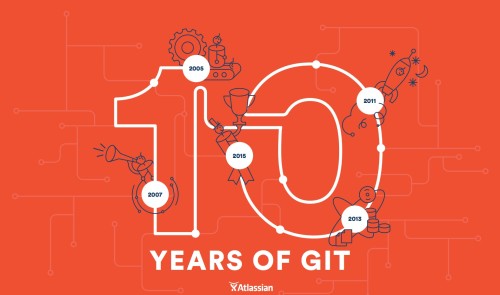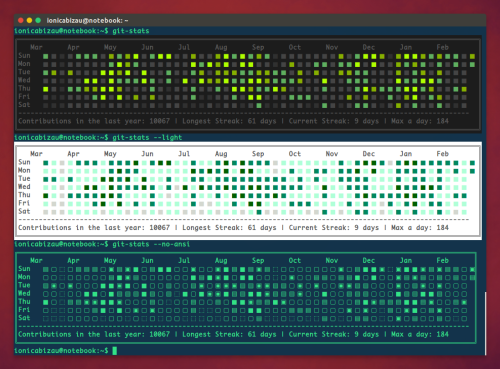Linux.com reminds us that git is celebrating its 10th birthday this year. An interview with git creator Linus Torvalds sheds some light on to how and why it happened, and how long it took.
You can actually see how it all took shape in the git source code repository, except for the very first day or so. It took about a day to get to be “self-hosting” so that I could start committing things into git using git itself, so the first day or so is hidden, but everything else is there. The work was clearly mostly during the day, but there’s a few midnight entries and a couple of 2 a.m. ones. The most interesting part is how quickly it took shape ; the very first commit in the git tree is not a lot of code, but it already did the basics – enough to commit itself. The trick wasn’t really so much the coding but coming up with how it organizes the data.
So I’d like to stress that while it really came together in just about ten days or so (at which point I did my first *kernel* commit using git), it wasn’t like it was some kind of mad dash of coding. The actual amount of that early code is actually fairly small, it all depended on getting the basic ideas right.
Very impressive!
And, of course: HAPPY BIRTHDAY GIT! The world is a much better place with you.


